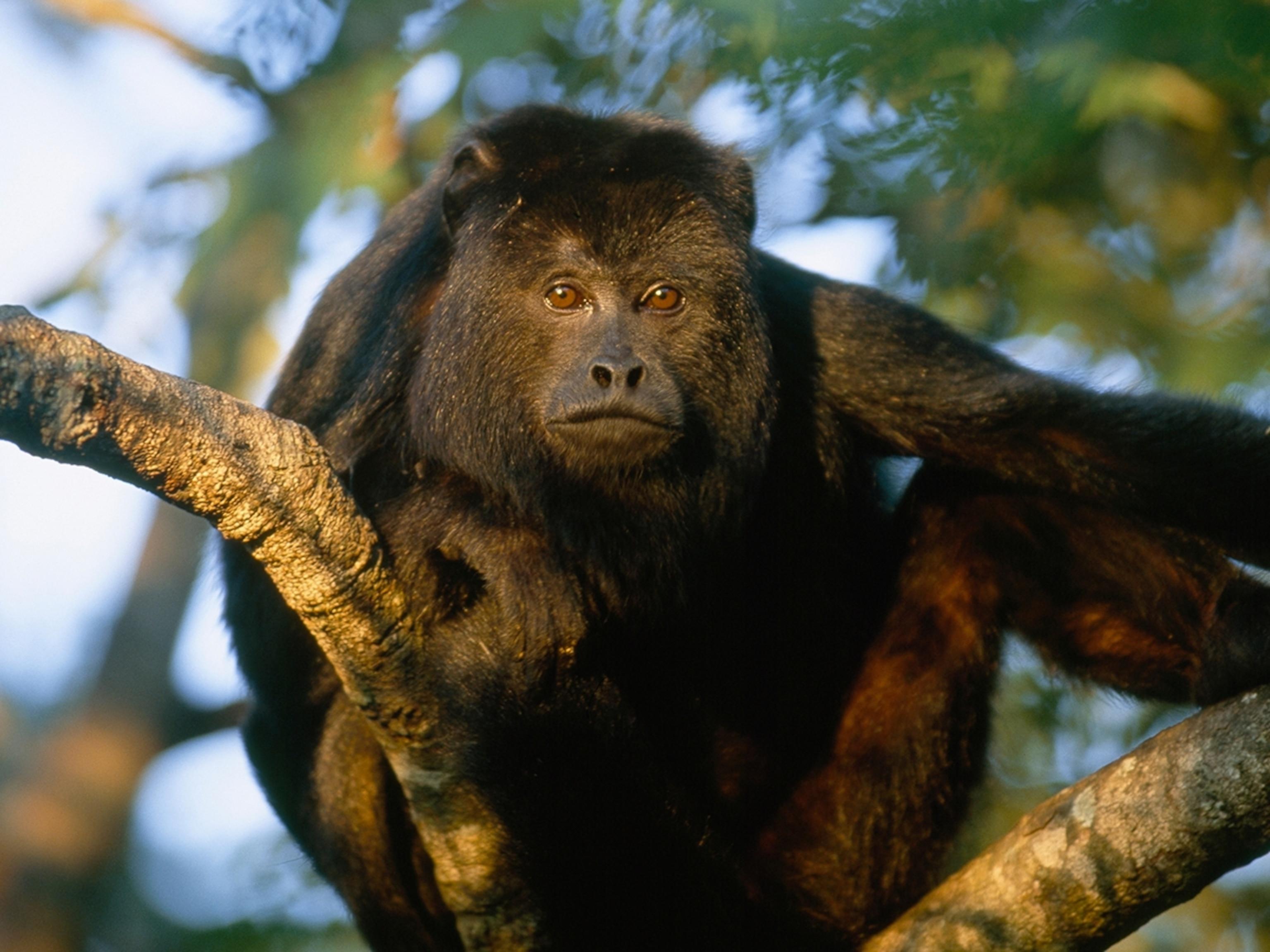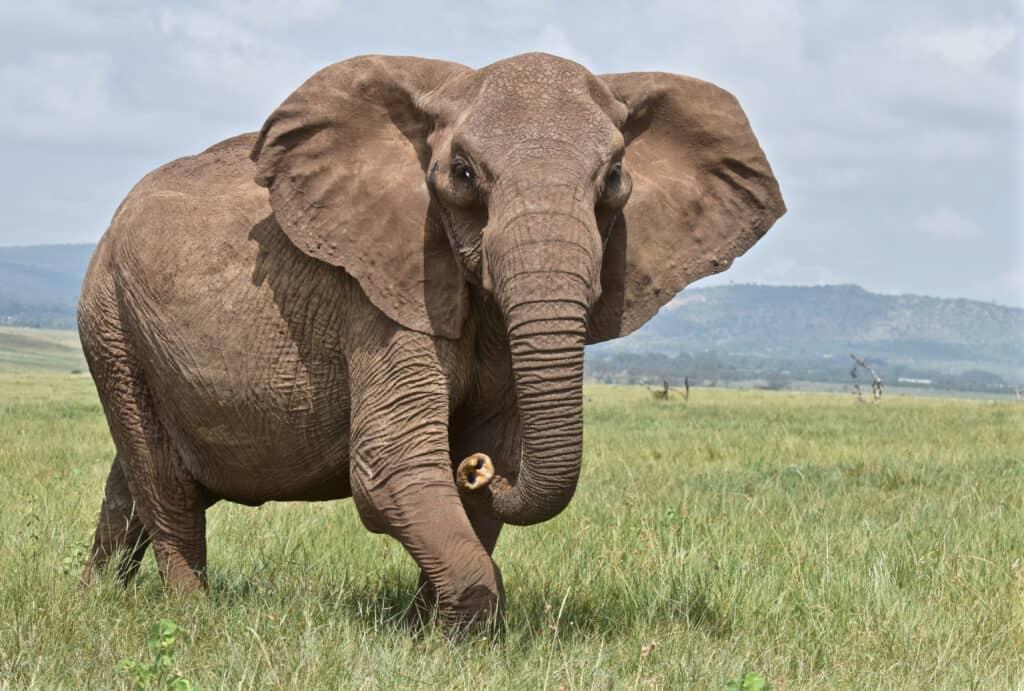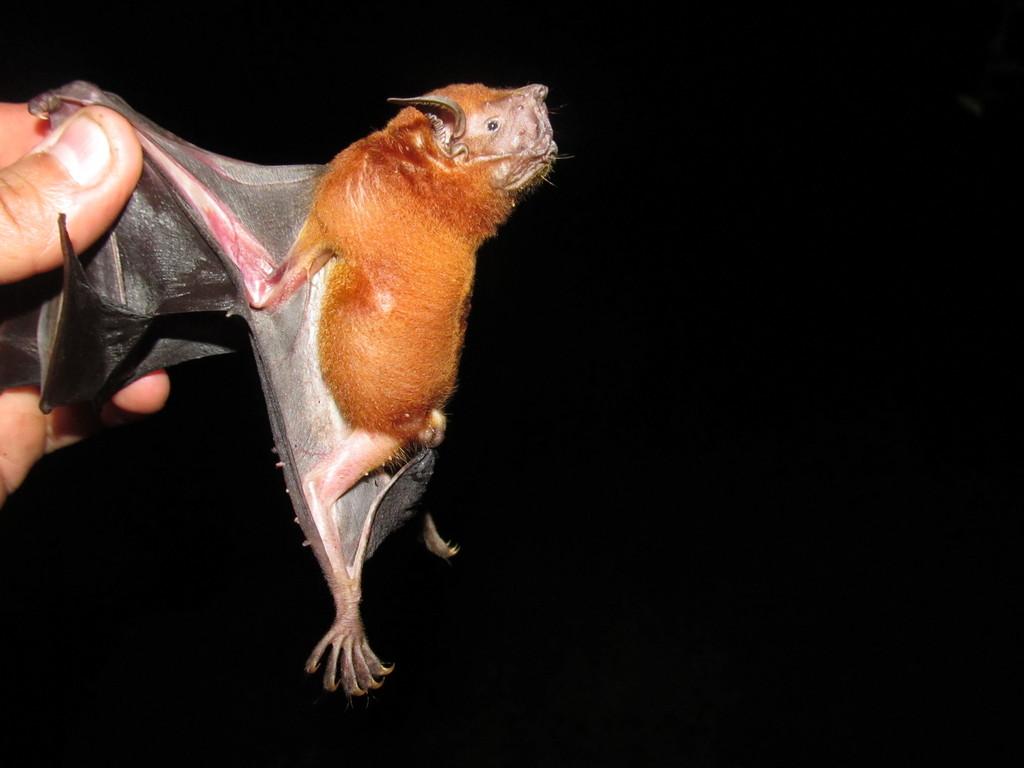Animals have unique characteristics that differentiate them from one another, and sound is one of those characteristics. Some animals can screech, scream, and holler much louder than a subway train, while others generate noise as a way of stunning their prey.
Whether through outright vocalizations or other creative means, the following ten organisms possess the ability to blow the doors off, or more specifically, one’s eardrum out. For context, the threshold for pain in humans is 120 decibels, and 160 dB is the danger zone.
You are reading: The Top 10 Loudest Animals On Earth
In this article, we will explore the top 10 loudest animals on Earth, according to various sources.

The Top 10 Loudest Animals On Earth
Sperm whale

Sperm whales are known for their incredibly loud clicks, which they use to echolocate prey and navigate through the ocean. These clicks can reach up to 233 decibels, making them the loudest sound produced by any animal on Earth.
To generate these clicks, sperm whales force air through their right nasal passage to their monkey lips, which clap shut to create the sound. The click then bounces off one air-filled sac and travels back through the spermaceti organ to another sac nestled against the skull.
From there, the click is sent forward, through the junk, and amplified out into the watery world. While these clicks are essential for the whales’ survival, they can be dangerous for humans.
Sperm whale clicks are powerful enough to easily blow out a diver’s eardrums or even vibrate a diver to death.
It’s important to note that the threshold for pain in humans is 120 decibels, and 160 dB is the danger zone, which means that sperm whale clicks are incredibly loud and potentially harmful to humans.
Tiger pistol shrimp

Tiger pistol shrimp, also known as snapping shrimp, are small crustaceans that are famous for their ability to generate noise as a way of stunning their prey.
According to various sources, tiger pistol shrimp can produce sounds in excess of 200 decibels, which is louder than a gunshot. This is due to their unique anatomy, which includes a specialized claw that can snap shut at incredible speeds, creating a cavitation bubble that collapses and produces a loud popping sound.
The sound is so loud that it can be heard by humans, and some aquarium enthusiasts even keep tiger pistol shrimp as pets, enjoying the occasional snap as part of their tank’s soundscape.
While tiger pistol shrimp are not harmful to humans, their loud snaps can be disruptive to other aquatic life in the tank, and some aquarists have reported that the sound can even crack glass aquariums.
Blue whale

Blue whales are known for their vocalizations, which are some of the loudest and most intense sounds produced by any animal on Earth. These calls have been described as pulses, grunts, groans, and moans, and are typically in the 15-40 Hz range, often below the threshold of human hearing.
The source level of a vocalizing Antarctic blue whale has been estimated to be 189 underwater dB. Blue whales produce these stereotyped calls throughout the year, and they are recognized among the most intense animal sounds produced.
According to a Reddit post, the noise produced by blue whales can be detected over 800 kilometers away, and it can reach up to 188 decibels. However, it’s important to note that this decibel level is not the same as the sound pressure level measured underwater, which is the more relevant metric for blue whale vocalizations.
Blue whale sounds are believed to be used for communication, navigation, and possibly even foraging. The exact mechanisms behind blue whale vocalizations are still not fully understood, but researchers continue to study these fascinating creatures to learn more about their unique abilities.
Greater bulldog bat
The greater bulldog bat, also known as the fisherman bat, is a species of bat native to Latin America that uses echolocation to detect water ripples made by the fish upon which it preys.
The greater bulldog bat emits echolocation sounds through the mouth like Myotis daubentoni, but the sounds are quite different, containing a long constant frequency part around 55 kHz, which is an unusually high frequency for a bat this large.
According to various sources, the greater bulldog bat can produce sounds up to 140 decibels, making them the loudest bat and the third loudest land animal on Earth.
The loudest bat studied was the greater bulldog bat, which squeaked at high sound frequencies more easily dissipated by the air.
Read more : Discover the Top 12 Coolest Animals You Can Find Roaming the U.S.
A high-frequency recording of the greater bulldog bat is available on Xeno-canto. The greater bulldog bat is a large bat, often with a combined body and head length of 10.9 to 12.7 cm (4.3 to 5.0 in), and generally weighs from 50–90 grams (1.8–3.2 oz).
Howler monkey

Howler monkeys are known for their loud and distinctive vocalizations, which can be heard up to three miles away.
Howler monkeys are social animals that live in large groups, and they use a variety of sounds to communicate with each other.
According to various sources, howler monkeys can howl up to 128 decibels, making them the loudest land animal on Earth. Howler monkeys make these guttural and high-pitched noises with the help of an enlarged hyoid bone.
Howler monkey vocalizations can be heard up to three miles away and are used for communication within the group, as well as to establish territory and attract mates.
Howler monkey vocalizations are often described as sounding like a cross between a lion’s roar and a strong wind blowing through the trees.
Howler monkey vocalizations can be heard in the early morning and late afternoon, and they are an iconic sound of the rainforest.
Elephant

Elephants are known for their ability to communicate with each other through a variety of sounds, including low-frequency rumbles, grunts, cries, trumpets, snorts, and other vocalizations.
The most frequently used type of call is the very low frequency rumble, which is used for short-distance communication.
Trumpeting is another well-known call made by elephants, which is made during excitement, distress, or aggression.
Elephants can also produce growls, squeaks, snorts, barks, roars, cries, and even imitated sounds. Growls are used for short-distance communication, and they can escalate into roars for long-distance communication.
Squeaks come in two forms: chirpings and trumpets, and they signal conflict and nervousness.
Elephants can also produce infrasonic calls, which occur at frequencies less than 20 Hz and are important for long-distance communication.
Elephants use these sounds to communicate with each other, establish dominance, and warn of danger.
Elephant vocalizations are essential cues for the survival of an elephant family, and researchers have recorded thousands of elephant calls to better understand their meanings.
Lion
Lions are known for their iconic roar, which is one of the most recognizable sounds in the animal kingdom. However, lions make a variety of other sounds as well, including purrs, grunts, growls, hums, meows, roars, and moans.
A male lion’s roar is an incredibly low-pitched call that can resonate and ring out for up to 8 kilometers across the savannah. Lionesses have a medium-pitched roar that isn’t as loud as the males.
Lions also use a variety of other calls and sounds, including short barks and grunts, which are used to locate pride members who are not within their range of sight. Both lionesses and lions also use roar-like calls to invite mates.
Lions also make happy noises, such as soft purring and gentle moans, which are used between individuals within a pride.
Lion vocalizations are essential for communication within the pride, as well as for establishing dominance and warning of danger. Lion roars can be heard up to 8 kilometers away when conditions are right, and they can reach up to 114 decibels, which is louder than a nightclub or a chainsaw.
Hyena
Hyenas are known for their distinctive vocalizations, which include a variety of sounds, such as whoops, cackles, groans, growls, and giggles.
The most well-known hyena sound is their “laugh,” which is actually a series of loud, high-pitched whoops, cackles, and groans that can be heard from a distance. Hyenas use vocalizations to communicate with each other, establish dominance, and warn of danger.
Read more : Discover 3 Types Of Rattlesnakes In Alabama
Hyenas make a variety of other sounds as well, including growls, yells, whines, and soft squeals. Growls are used just before biting their attacker, while yells are used when they are bit by an attacker.
Whines and soft squeals are used by hyena cubs regarding food and nursing.
Hyena giggles are a loud, high-pitched “hee-hee-hee” sound that can last up to 5 seconds, and they are used when fleeing an attack.
Hyena vocalizations are essential for communication within the clan, as well as for establishing dominance and warning of danger.
Grey wolf
Grey wolves are known for their howls, which are used for communication within the pack, as well as for establishing territory and attracting mates.
Grey wolves use a variety of vocalizations, including howls, barks, growls, whines, and yelps. Howls are the most well-known vocalization of grey wolves, and they are used for long-distance communication.
Grey wolves howl to communicate with other pack members, establish territory, and attract mates.
Howls can be heard up to 10 kilometers away, and they can vary in pitch, tone, and duration. Grey wolves also use barks and growls to communicate with each other, and these sounds are used for short-distance communication.
Whines and yelps are used by wolf pups to communicate with their mothers, and they are also used by adult wolves to express submission or excitement.
Grey wolf vocalizations are essential for communication within the pack, as well as for establishing dominance and warning of danger.
Green grocer cicada
The Green Grocer Cicada is a species of cicada native to Australia.
Green Grocer Cicadas are known for their loud and distinctive buzzing sound, which can be heard up to 100 meters away. The Green Grocer Cicada is one of the loudest insects in the world, with a noise that can reach up to 120 decibels.
The Green Grocer Cicada’s call is a long, monotonous burr, which is produced by the males to attract females. The Green Grocer Cicada’s call is made up of a warm-up sound, which sounds like a rev-up at the start, followed by a long, monotonous burr.
The Green Grocer Cicada’s call is also diverse, with different species producing slightly different songs in terms of frequency and pattern of pulses.
Cicadas, including the Green Grocer Cicada, make their noise by vibrating their tymbals, which are drum-like structures on their abdomen.
The Green Grocer Cicada’s noise is an essential part of their mating behavior, and it is also a distinctive sound of the Australian bush.
FAQS
1. What is the loudest animal on Earth?
The sperm whale is widely considered to be the loudest animal on Earth, with a clicking sound that can reach up to 233 decibels.
2. What is the second loudest animal on Earth?
The tiger pistol shrimp is often cited as the second loudest animal on Earth, with a noise that can exceed 200 decibels.
3. What is the loudest land animal on Earth?
The greater bulldog bat is the loudest land animal on Earth, with a noise that can exceed 140 decibels.
4. What is the loudest insect on Earth?
The Green Grocer Cicada is one of the loudest insects on Earth, with a noise that can reach up to 120 decibels.
5. Why do animals make loud noises?
Animals make loud noises for a variety of reasons, including communication, establishing territory, attracting mates, and warning of danger.
6. Can animal noises be harmful to humans?
Yes, some animal noises can be harmful to humans, especially if they are loud enough to cause hearing damage or physical pain.
7. How do animals make loud noises?
Animals make loud noises in a variety of ways, including vocalizations, echolocation, and physical actions such as snapping or clapping.
8. Why are some animals louder than others?
Some animals are louder than others due to differences in anatomy, behavior, and evolutionary adaptations that allow them to produce and amplify sound more effectively.
Source: https://petstutorial.com
Category: Animals











